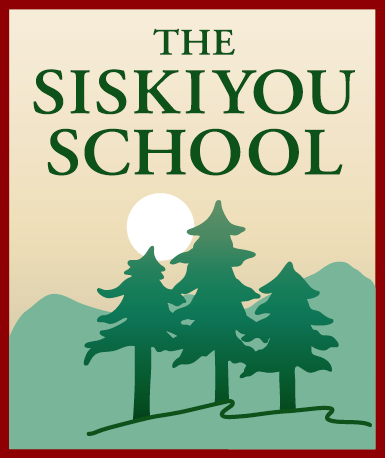Third Grade Overview
Between nine and ten, children experience a significant change in consciousness. They awaken to a greater sense of identity. They learn the impermanence of life and death. Common themes are testing limits, finding their place, seeking real knowledge (how to build a house or tend to an animal) and working to protect their own inner space. To nurture this journey, along with traditional academic progress, our curriculum includes: story interpretation, recitation, cursive letters, form drawing, stage performance and the recorder.
3rd Grade Curriculum at a Glance
MAIN LESSSON BLOCKS
Language Arts/History: Hebrew Stories/Creation stories
Math: Measurement: Time, Weight, Length, & Money
Science/Practical Activities: Farming, Shelters, Clothing
Class Play
3rd Grade Curriculum in Detail
LANGUAGE ARTS
Reading: Reading Groups provide practice with reading aloud, comprehension, and writing
Writing: Main lesson retellings, free renderings, descriptive paragraphs, “sequence renditions” (We did this, then….”), thank you notes, friendly letters, invitations, greeting cards, etc. Students proofread for punctuation/capitalization. First research report: My Shelter Project
Vocab/Spelling: Weekly spelling lists and quizzes related to spelling rules, phonics rules, and conventions. Work with homonyms, synonyms, antonyms, syllabication, and alphabetizing
Grammar: Introduction to naming, doing, and describing words and the four types of sentences
Speech Work: Poetry and verse recitations and the Class Play build confidence in public speaking
Handwriting: Continued practice with cursive and print, with attention to letter formation, spacing, consistency, and proper use of lower and uppercase letters
MATH
Consolidation of addition and subtraction skills, with bigger numbers and/or long columns
Introduction to different forms of measurement: time, weight, length, and money
Memorization of multiplication tables: 2 x 4 = 8, etc. and learning double-digit multiplication
Introduction to short division and division facts associated with multiplication facts
Continued practice counting and writing numbers up into the thousands
Continued work with number patterns, story problems, graphing & math games
Practice with rounding and estimating
Introduction to prime, composite, and square numbers
Identification of operation needed to solve word problems
SCIENCE/PRACTICAL ACTIVITIES
Farming and gardening: soils, composting, planting, harvesting
Fiber arts: spinning, weaving, cloth dyeing
Cooking & baking
FORM DRAWING
Continued development of hand-eye coordination
Advanced midline forms, symmetry, spatial relationships
Handwriting practice
FOREIGN LANGUAGE: SPANISH & CHINESE
Continued development of listening comprehension, vocabulary, and speaking ability through listening and following, question/answer activities, songs, poems, rhymes, movement exercises, and games
New vocabulary includes higher numbers, calendar words, fruits and vegetables, etc.
Speaking develops through repetition and recitations.
PAINTING
Form out of colors
Landscape development
MUSIC
Rounds and partner songs, call and response
Introduction of diatonic recorders mid-year
Introduction to music notation and theory
GAMES
Cooperative tag games using larger spaces
Running games, ball games, stilts, tumbling
Ball and Frisbee-handling skills
Yoga
Work on reacting quickly to changing situations, waiting for turns, safety
Sportsmanship
HANDWORK
Crocheting: chain, single, double, & triple crochet; straight crocheting; circular crocheting
Projects: recorder case, potholder, mouse, penguin, apple, lion, and many more!





